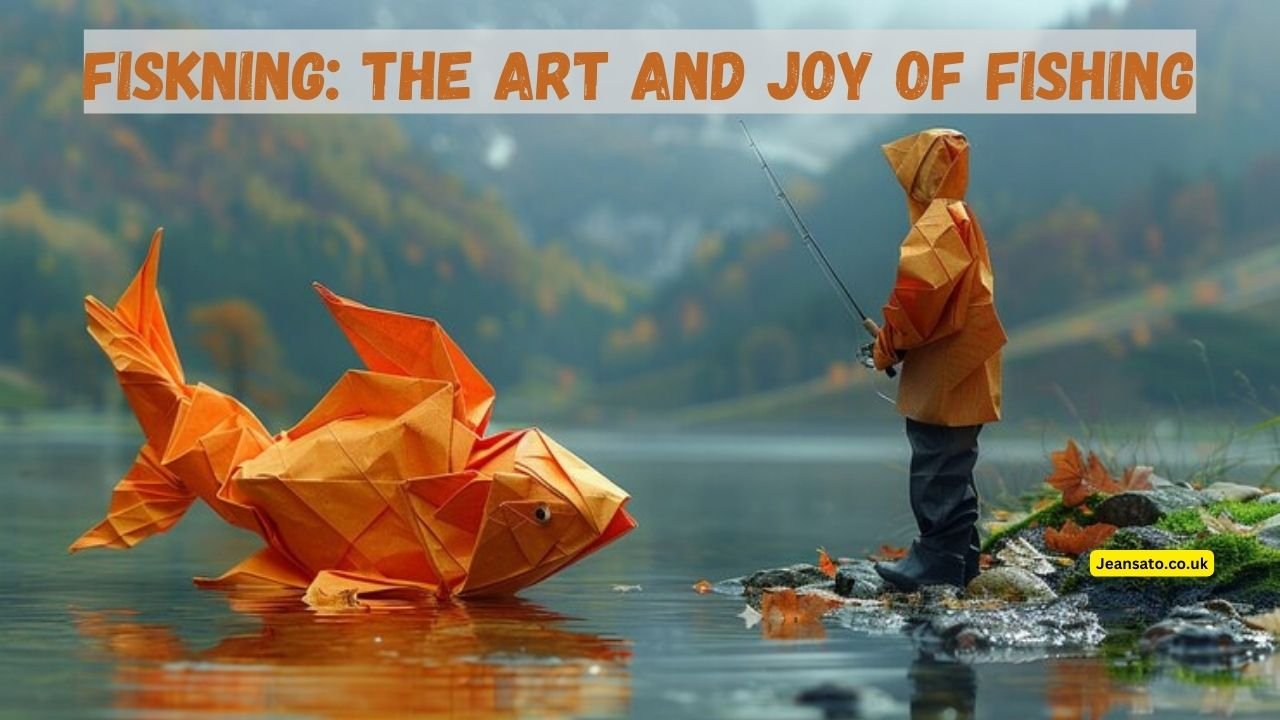More than simply a pastime, fishing—often called “fiskning” in many Scandinavian languages—is a deeply rooted custom that cuts over countries and civilizations. Fishing is very important to millions of people, from the peaceful lakes of Sweden to the busy rivers of the United States. Explored in this article are the history, methods, cultural relevance, and happiness fiskning offers to enthusiasts worldwide.
Fiskning History
One of the first human pursuits, fishing has been documented from prehistoric times. Fishing was a major source of food for ancient civilizations, and with time it developed from a survival skill to a leisure pursuit. A vital aspect of life in Scandinavia, fishing has shaped the local economy and culture.
Using basic nets, spearing, and hand gathering were among the ancient fishing techniques. Fishing methods evolved as technology did, using equipment like fishing rods, reels, and complex traps.
Cultural Evolution: Fishing was a sport for the aristocrats in medieval Europe in addition to a way to get groceries. The hard climate in Scandinavia made fishing a necessary skill, which prompted the creation of specific methods appropriate for the local waters.
Modern Methods and Instruments
Fishing aficionados of today have a vast selection of equipment and methods at their disposal, all appropriate for various fish and conditions.
Fishing Rods and Reels:
Durability and precision are hallmarks of contemporary fishing rods and reels. Depending on their intended species and the fishing conditions, anglers can select from a range of rods, including fly, baitcasting, and spinning rods.
Bait and Lures:
Effective fishing depends critically on the bait and lures selected. Freshwater fishermen frequently utilize live bait, such as worms, and minnows, while artificial lures, such as jigs, and spinners, can simulate the motion of prey to draw in fish.
Fishing Techniques:
Deep-sea fishing in the ocean to fly fishing in mountain streams are just a few of the many techniques. Because each technique calls for particular knowledge and abilities, fishing is a varied and interesting pastime.
Benefits and Joy of Fiskning
A special fusion of thrill and relaxation, fishing has many advantages for both physical and mental health.
Relaxation and stress reduction are aided by the calm surroundings of fishing spots and the steady casting and reeling.
Deep appreciation for the environment and wildlife is fostered by fishing, which lets people fully immerse themselves in nature.
Physical Exercise: Although fishing is sometimes considered a relaxing pastime, casting, pulling in big fish, and negotiating choppy waters can all be rather physically demanding.
Fishing is a great way to spend time with loved ones. It promotes cooperation, communication, and the exchange of experiences, therefore generating enduring memories.
Consequences in Culture
Fishing in many cultures is a custom handed down through the years rather than merely a pastime. Teaching kids about nature and the value of sustainability, fiskning is a common family activity in Scandinavia.
Community Activities: Well-liked activities that unite communities and promote friendly rivalry are fishing derbies and competitions.
Conservation and sustainability are stressed in contemporary fishing methods. Fish populations are preserved and future generations may continue to enjoy fishing thanks to catch-and-release techniques, size limits, and seasonal limitations.
Synopsis
A classic pastime with many advantages, fiskning cuts over cultural divides. Fishing offers a chance to commune with nature, decompress, and relish the excitement of the capture, regardless of skill level. To save our waters and guarantee the ongoing pleasure of fishing for coming generations, we must continue to support this age-old custom.











